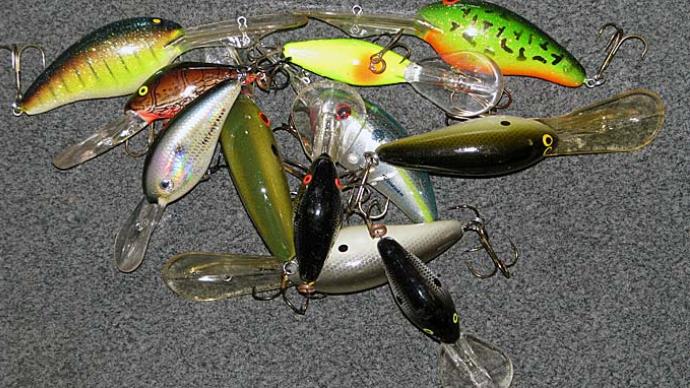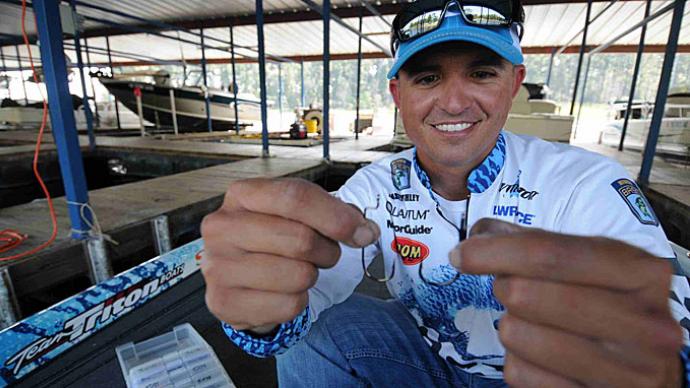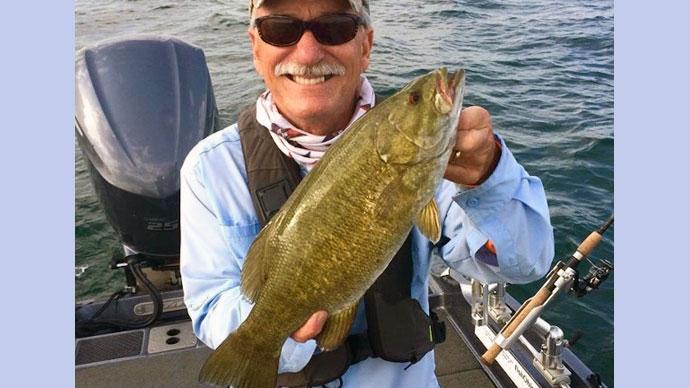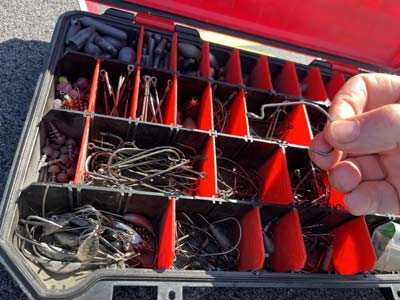
The hook is one of the most critical tools in bass fishing and can significantly impact how your soft plastics act and how well you hook bass. There are now many different styles, gauges, brands, and a host of specialty hooks. Mark Davis has seen many changes to hooks in his nearly four decades as a professional angler and shares his years of insight on hooks for this article.
"They've changed a lot over the year, especially with more styles to choose from," he said. "It used to be just a straight shank and an offset style, and they weren't sharp out of the package; you had to sharpen every one before you fished with them. Now, they are chemically sharpened and ready to go. Those are some of the biggest differences between hooks now and back then, and they keep coming out with better stuff all the time."
Selecting The Right Hook For The Job
Davis keeps things pretty simple regarding hooks and is well-known for his skills with soft plastic baits, notching several big wins over the years, including the Bassmaster Classic, with three Bassmaster Angler of the Year titles.
"You can make hooks as simple or as complicated as you want, but at the end of the day, for Texas and Carolina-Rigs, my staple hook is a standard offset round bend. It works well for those two techniques, but there are some exceptions with certain baits and specialty stuff."

According to Davis, each of the major hook brands on the market deserves a spot in your tackle box as each excels with different hooks. He also cautions to pay close attention to the actual size of the hooks and not just the size printed on the packaging.
"You need to use different brands because no one manufacturer makes every hook you need," he said. "The other thing is that every brand sizes their hooks slightly differently, and there is no standard. BKK, for instance, runs about half a size smaller than a similar hook from Gamakatsu in the same size.
Here are some of Davis' insights for the right hook for several popular techniques.
- Texas-Rigs – When fishing thinner-bodied baits, Davis likes a round bend but will go to an extra-wide gap style when fishing a bulkier creature bait like a Strike King Rage Bug.
"When using a bulker bait, you want that wider gap to give the bait somewhere to go on a hookset," he said. "If the gap isn't wide enough, you will miss some fish. I typically use a 5/O and like the heavier gauge hooks because I generally use heavier line when fishing these baits and don't want the hook to bend out."
When fishing soft stick baits, Davis generally chooses a 5/0 offset round bend worm hook because the bait lends itself to a bigger hook. "Each particular lure is different, and I always try to get away with the biggest hook I can without overpowering the bait, and these baits will hold a bigger hook very well," he said.
Image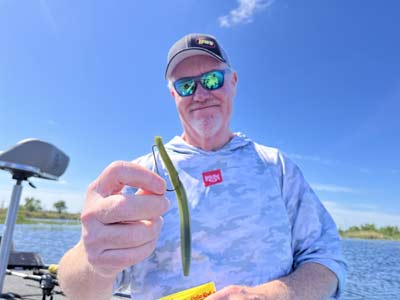
A Texas-rigged plastic is hard to beat and will remain pretty weedless. Davis uses specialty oversized hooks for bigger worms, like those over 10 inches long. "I always carry some of these that have a longer shank," he said. "I'll use a 7/O or even 11/O for a huge worm because you don't want a hook that's too short, or you will miss a lot of fish."
- Carolina-Rigs – Davis is a master with the "C-Rig" and says that using the wrong hook size is one of the biggest mistakes that anglers make.
"I want a hook as light and small as I can get away with to have still enough there to hook them," he said. "With the Carolina-Rig, the bait is behind the weight and not floating, it's gliding, and a hook that's too big will have your bait dredging the bottom. I also like thinner hooks to allow the baits to glide more."
- Neko and Wacky Rigs – Davis fashions his hooks for these techniques. He starts with a straight shank 2/O O'Shaughnessy hook and ties a weedguard with a piece of 80-pound monofilament.
"That's an excellent hook for a Neko or wacky rig," he said. "I get out my jig vise, tie my weedguard, and add some glue, which will hold up all day. The ones with a weedguard from the companies don't hold up."
- Drop-Shot Rigs – Davis will employ two different hook styles when fishing a drop-shot, either the same hook that he uses for Neko and Wacky Rigs and threading the bait onto the hook or using a standard drop-shot style hook and nose-hooking the bait.
Image
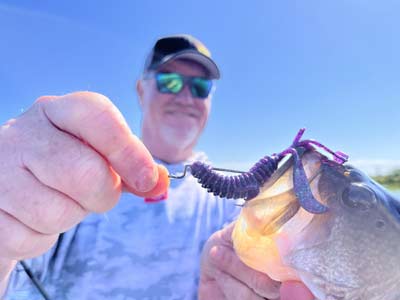
Choosing the right hook for the job will lead to more hooked bass. "When I am fishing in northern fisheries when there isn't a lot of cover, a regular drop-shot style hook is great for smaller soft plastics and finesse worms," he said.
- Soft jerkbaits and swimbaits – Davis switches it up for these lure styles and prefers a hook with a spring to secure the bait.
"I like a spring lock for certain techniques, like when I'm speed reeling a Strike King Caffeine Shad or reeling in a Strike King Shadlicious swimbait," he said. "They do a better job of keeping your bait rigged in place. I'll also use this hook when skipping docks, where the bait hits the water hard on each cast."
As Davis said at the beginning, you can make your hook selection as straightforward or as complicated as you'd like to, but adjusting the hook style and size can make a big difference in hooking and landing more bass.


